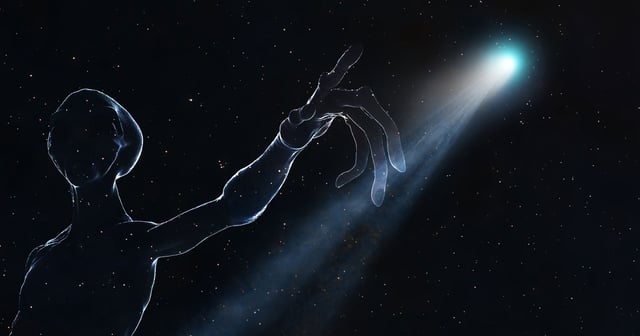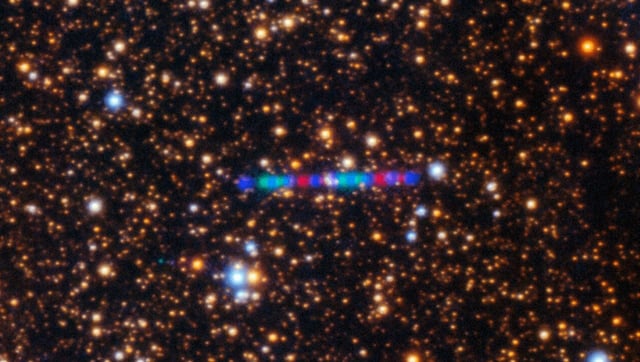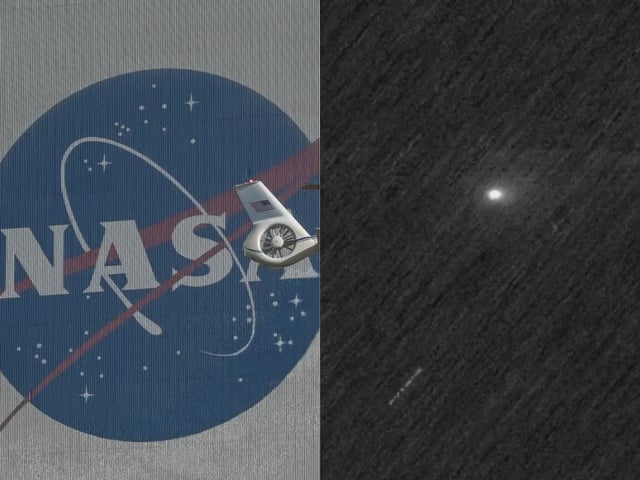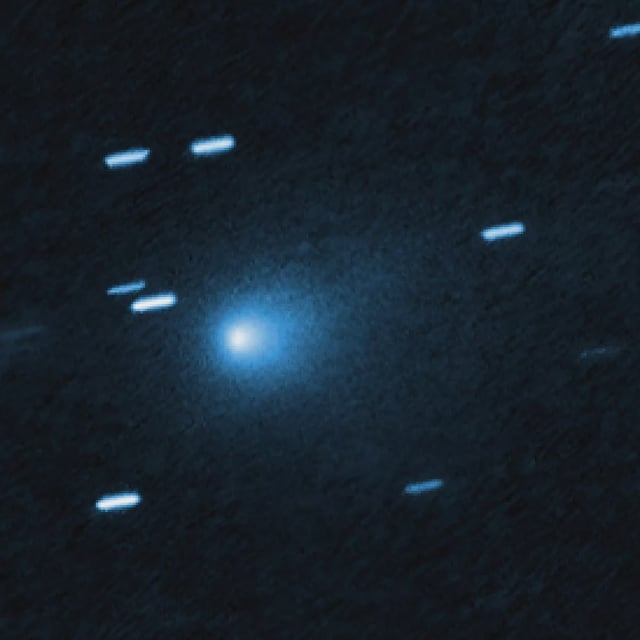Overview
- NASA’s Neil Gehrels Swift Observatory measured ultraviolet hydroxyl from 3I/ATLAS, confirming active water release near three times Earth’s distance from the Sun at roughly 40 kilograms per second with an estimated active surface fraction of about 8%, as reported in The Astrophysical Journal Letters.
- During a close pass on October 3, ESA’s ExoMars Trace Gas Orbiter and Mars Express captured faint images of the comet’s coma near Mars, with the nucleus unresolved and the tail too dim to detect in those exposures.
- The object is the third confirmed interstellar visitor and has shown chemically unusual behavior, with earlier space-based spectroscopy indicating a CO2‑dominated coma now complemented by the new ultraviolet water signature.
- Observations are continuing across a multi‑spacecraft campaign, with the comet expected to become observable again after mid‑November and ESA’s JUICE mission planning additional monitoring near perihelion.
- Separate claims that 3I/ATLAS could be unusually massive or of technological origin have been publicized by some researchers but remain uncorroborated, while reports note NASA’s limited public updates during the U.S. government shutdown.



